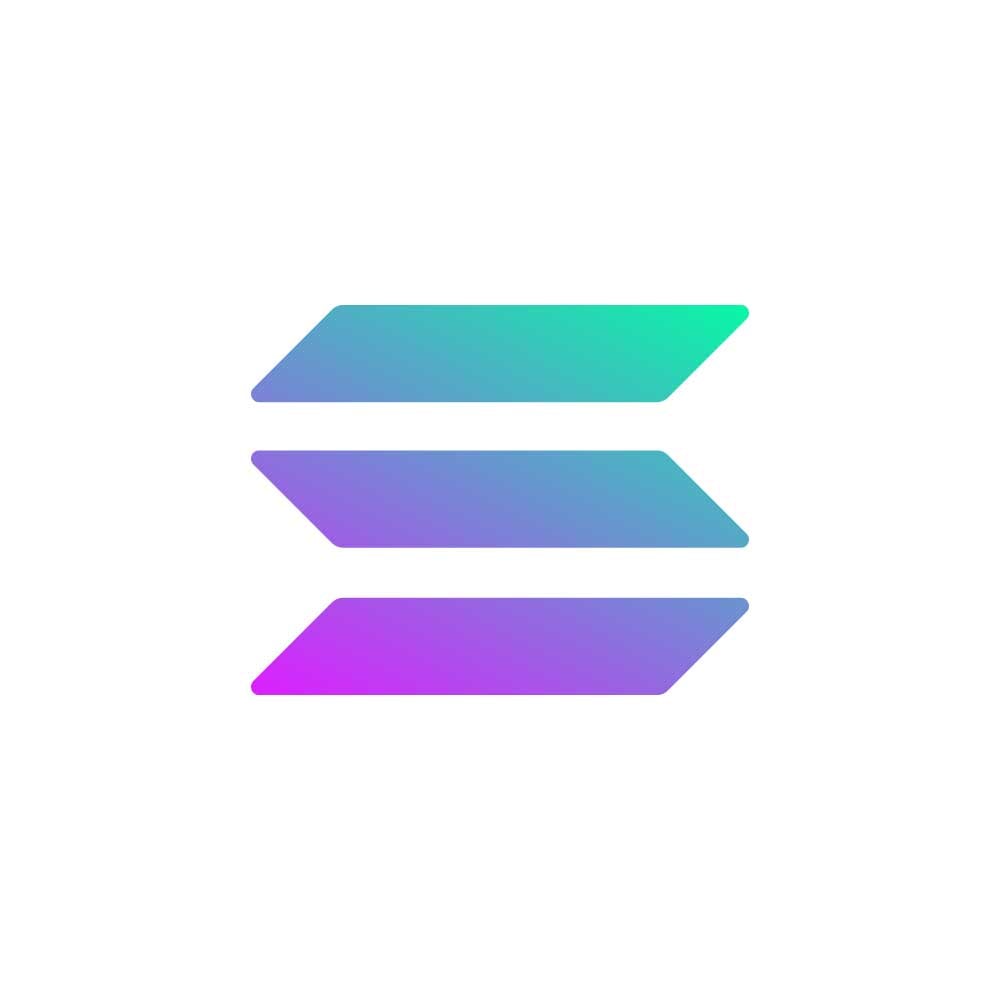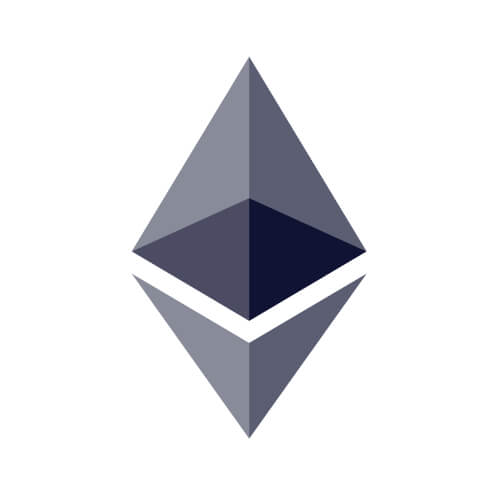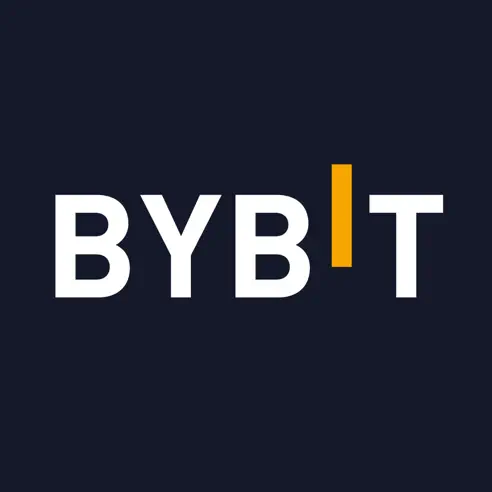L
ending out assets as a passive income stream can be very rewarding, but you never know how reliable the yield will be due to fluctuating market conditions. However, with Pendle, you can magnify your yield whether you’re in a bull or bear market.
What is Pendle (PENDLE)?
Pendle (PENDLE) is a yield trading protocol backed by Binance Labs and Crypto.com that first launched in 2021 with the mission to allow users to maximise and lock future yield. Let’s jump into the Pendle protocol and grab the yield by its horns.
How Does Pendle Work?
It is important to understand how Pendle functions to make the most of its yield management strategies. To break it down simply, Pendle wraps assets and tokenises yield into a separate token. This is done by splitting the original token and the token earned from the yield.
Assets on the Pendle protocol function like bonds and each has a unique expiry date where the asset no longer generates yield. Pendle leverages yield from top protocols such as Aave and Compound Finance allowing its users to create the best yield-management strategies.
As it stands, there are two ways to generate additional income on the ultimate cross-chain yield protocol known as Pendle. All of which can be done on the Ethereum, Arbitrum, Optimism or the BNB Chain. So, let’s dissect each one:
Pendle Earn
Starting with the most popular is Pendle Earn, where users can either earn a fixed yield or provide liquidity. Earning with a Fixed yield is as simple as depositing your asset and selecting a desired maturity. Withdraw anytime and be aware that the yield can fluctuate!
Providing liquidity on Pendle Earn can be profitable and enables users to conduct trades. The yield from the liquidity pools will fluctuate based on the weekly allocated $PENDLE tokens and total deposits in the pool! Once again, no lockup is required and you can withdraw anytime!
Pendle Trade
Up next is for those with the required #DeFi experience that can utilise Pendle Trade. Yield trading isn’t as complex as it sounds. Depending on the asset, you would simply bet on whether you believe the yield of that asset is going to go up or down.
Buying Principal Tokens (PT)
If you’re guessing that the yield of the asset is going to fall, then you want to hedge your yield. This is done by simply buying Principal Tokens (PT) which are the original tokens of the underlying yield-bearing tokens. When buying a PT, the current APY will be a fixed yield.
Buying Yield Tokens (YT)
For those who believe the yield of the asset will rise, then you would bet on your yield. This is done by buying a Yield Token (YT) which entitles you to all the yield generated by the yield-bearing token. Buying a YT increases the exposure to the yield and can amplify the APY%!
Pendle Token (PENDLE)
$PENDLE is the native token to the platform which is generally used to incentivise liquidity providers for #Pendle markets. However, you can lock up $PENDLE tokens in return for $vePENDLE, which can then be used to participate in the Governance of the protocol.
Conclusion
At the time of writing, $PENDLE is sitting at $1.19 with a market cap of $280.9M. In the previous bull run back in 2021, #Pendle reached an ATH of $3.83. Now that the protocol has had time to develop and improve, the next bull market could see $PENDLE break new ATHs!
Official Pendle Links
Disclaimer
The content provided in this article is strictly intended for informational purposes. Nothing said in this article is financial advice. It is important to proceed with caution and diligence when using cryptocurrencies. Always invest what you are prepared to lose and remember that you are entirely responsible for your assets and investments. The author and the publication do not endorse or recommend any of the cryptocurrencies, protocols or strategies in this article.















